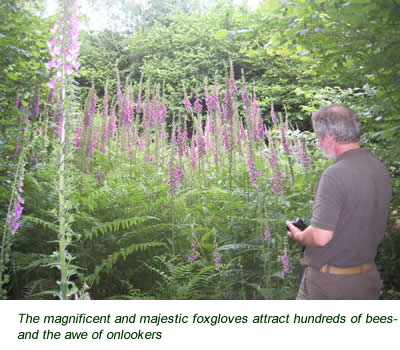Biodiversity
One of our main objectives for Noor Wood is to encourage and sustain a species-rich habitat for wildlife; in particular the ‘flagship’ species – muscardinus avellanarius - the common or hazel dormouse which is designated a European Protected Species.
There is a wide variety of food available in Noor Wood throughout the changing seasons to support the dietary needs of the dormouse i.e.- hazelnuts, brambles, yew berries, honeysuckle, birch seed, hawthorn, oak flowers, sweet chestnuts, etc.
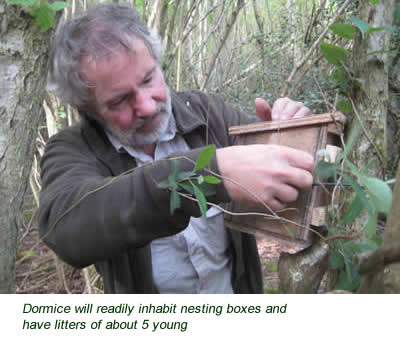
The presence of fungi is yet another indicator of healthy woodland. Fungi are natural recyclers. They help to break down dead and decaying plant material and provide nutrients for other organisms to thrive.
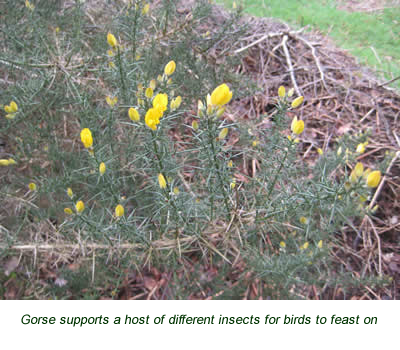
Hundreds of bees visit the many foxgloves that thrive in the wood. Their loud drone can be heard many metres away before they come into sight.
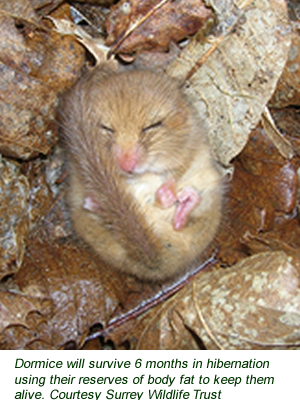
Although we have yet to catch sight of one of these cute aboreal and nocturnal mammals, we have found evidence of their existence. A skilfully woven hibernation nest, made from shredded honeysuckle bark and moss was found already abandoned in spring 2014. We have since erected some home-made dormouse nesting boxes in anticipation of new arrivals!
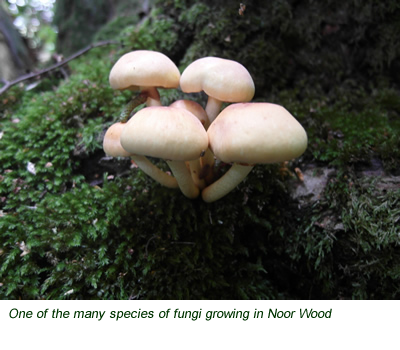
We are careful to leave large stands of gorse to attract birds that arrive in the UK during the winter. Many invertebrates live on gorse, providing a much needed source of food during the cold winter months when other food is scarce. 